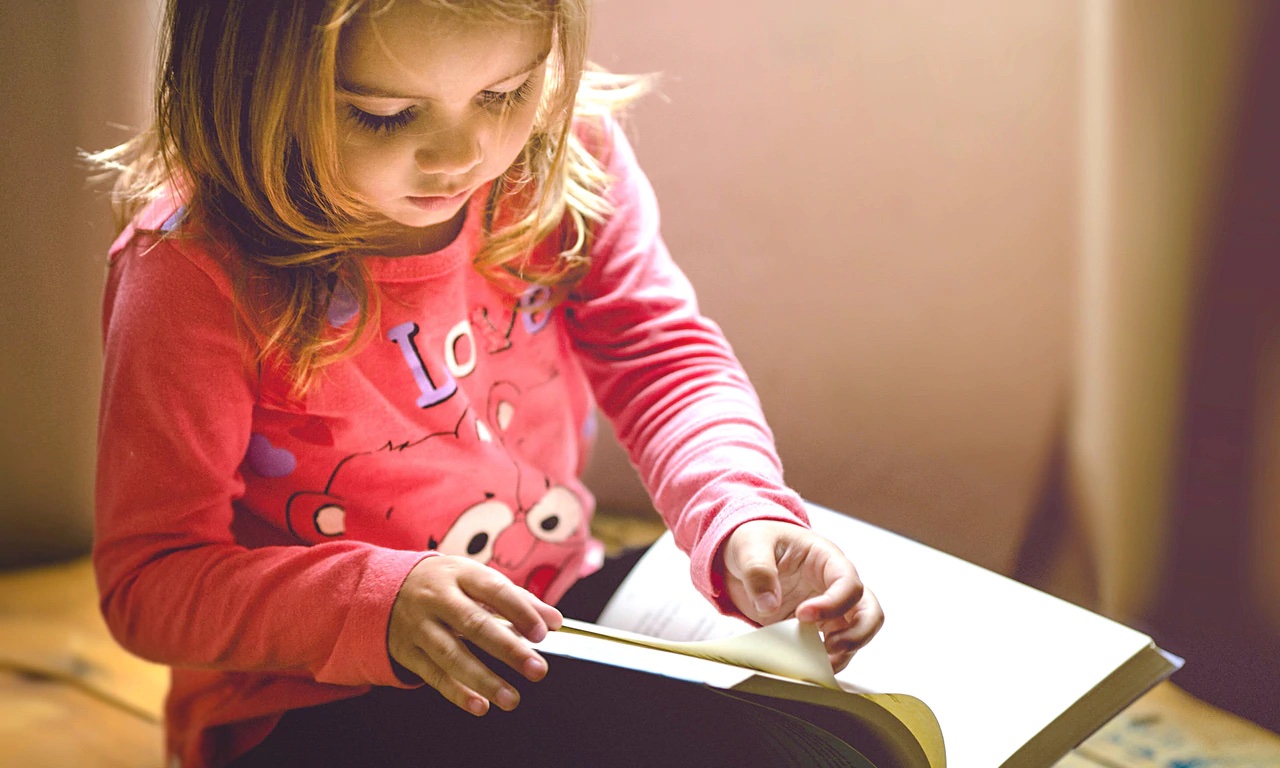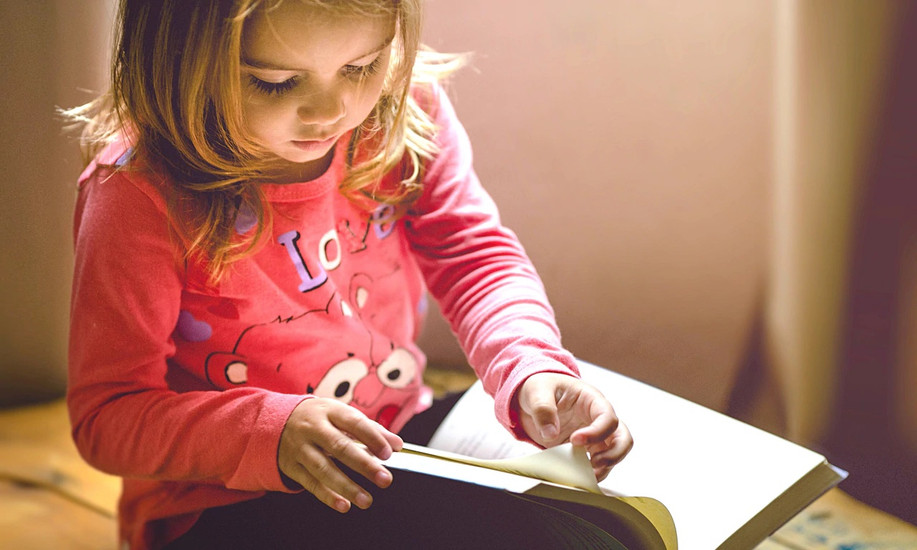All About Social/Emotional Learning with Child's Play
Posted by Megan Habel on Feb 05, 2021

Discover a new trend in children's publishing.
It has been long proven that books have a strong impact on a child's literacy development. Additionally, books are a great way to teach kids about healthy social and emotional skills. Over the past year, children's publisher Child's Play has found an increase in demand for titles that focus on developing these skills. We connected with Amy Griffiths, Education Liaison and Marketing Coordinator at Child’s Play to learn more about their social/emotional learning publishing program:
What makes these types of books different than your usual children's book?
Traditionally, children’s books contained a single moral and often featured characters that could be interpreted as ‘good’ or ‘bad’. The books in our Social/Emotional Learning (SEL) sets don’t have heroes or villains, but occasionally the main characters make mistakes and they may not always do the right thing. The plots often lend themselves to more than one interpretation. This depth of character and story gives children more freedom to communicate their personal reaction to the themes, morals, and character motivations in each book.
The aim is to reflect our diverse and inclusive society in our books, as this plays a key role in a young reader’s understanding of the world. Their social and emotional skills can be developed at school or at home by reading about the experiences of characters who are different from themselves.
What prompted you to start focusing on social/emotional sets? And how has this need been impacted since COVID-19 and the transition to online learning?
We value the feedback we receive from parents and teachers and it’s clear from this that picture books can be used to effectively model good social skills and emotional intelligence. It’s not always clear which children’s books have the most potential as SEL resources, so we began developing themed sets to save time for families and schools.
Initially, these sets were available via a flyer but the pandemic led to more children learning from home, so we added the sets to our online shop to increase accessibility. We’ve relaxed our permissions guidelines, so teachers and librarians are allowed to share readings of any of our books with their classes - you may have already watched some of them being read aloud!
The pandemic has caused a lot of stress, so our books about empathy, patience and conflict resolution are particularly relevant at this moment in time. Luckily, our books are versatile, and can be used in any kind of learning environment.
What specific type of subject matter do you foresee fitting into this category in the future? What will the need be as you see it?
As political rifts continue to deepen, more SEL-themed books may attempt to explain what is happening to younger children. Concepts like scapegoating can be tackled by children’s literature, to show why many minorities are treated unfairly. Our upcoming book Quaddlehumps and Doodlethumps, due to be published next year, will attempt to show young readers the harmful effects of blaming others for issues because of misconceptions and ignorance.
Picture books that model critical thinking and the ability to recognize fake news may also become more prevalent, as those skills are key to becoming a fair and open-minded member of society.
We also feel that the meaning of diversity and inclusivity in publishing will continue to expand beyond ethnicity to include characters with disabilities, those from various age groups, or from different social classes. There will also be a growing number of stories about characters with non-traditional familial structures. We’re particularly hoping to see more intersectionality in picture books; for example, our book Quiet! depicts a single-parent Black family’s bedtime routine and it’s implied that the main character has a visual impairment.
Any tips/suggestions for parents as they read these books with their kids?
One of the simplest ways to develop a child’s ability to recognize and label emotions is to pause on a page and ask kids to describe how a character is feeling. The characters in our books are expressive - by reading their body language and examining the shape of their eyes and mouth, you can tell whether their current situation is making them anxious, or excited. You can expand on this by talking about what caused them to feel this way and you may be able to share an anecdote of when something similar happened to you. Show that you’re enjoying the book, and are engaged with it, and your child will too.
Point out when a character acts kind or determined - use them as a model for good behavior. When a character has an outburst, like in our book Crunch!, take the opportunity to talk about what caused it and discuss how the conflict is resolved later in the book.
Teachers can use the books in the same way, but they can also use them as a basis for creative writing exercises. For example, half of the class could write a letter from the point of view of one of the characters. The other half could pretend to be advice columnists and write empathetic and affirming replies.

Looking for popular SEL sets? Check out Amazing Me, All About Rosa, and All About Clive.
Child’s Play, an independent children’s book publisher, offers a diverse range of formats and experiences through reading that both enrich and empower their young audiences. Their books are respected and loved by parents and educators alike. For more information, be sure to check out their site.
This post was written by Megan Habel, Brand Strategist at BookPal. She is currently reading Fable by Adrienne Young.


